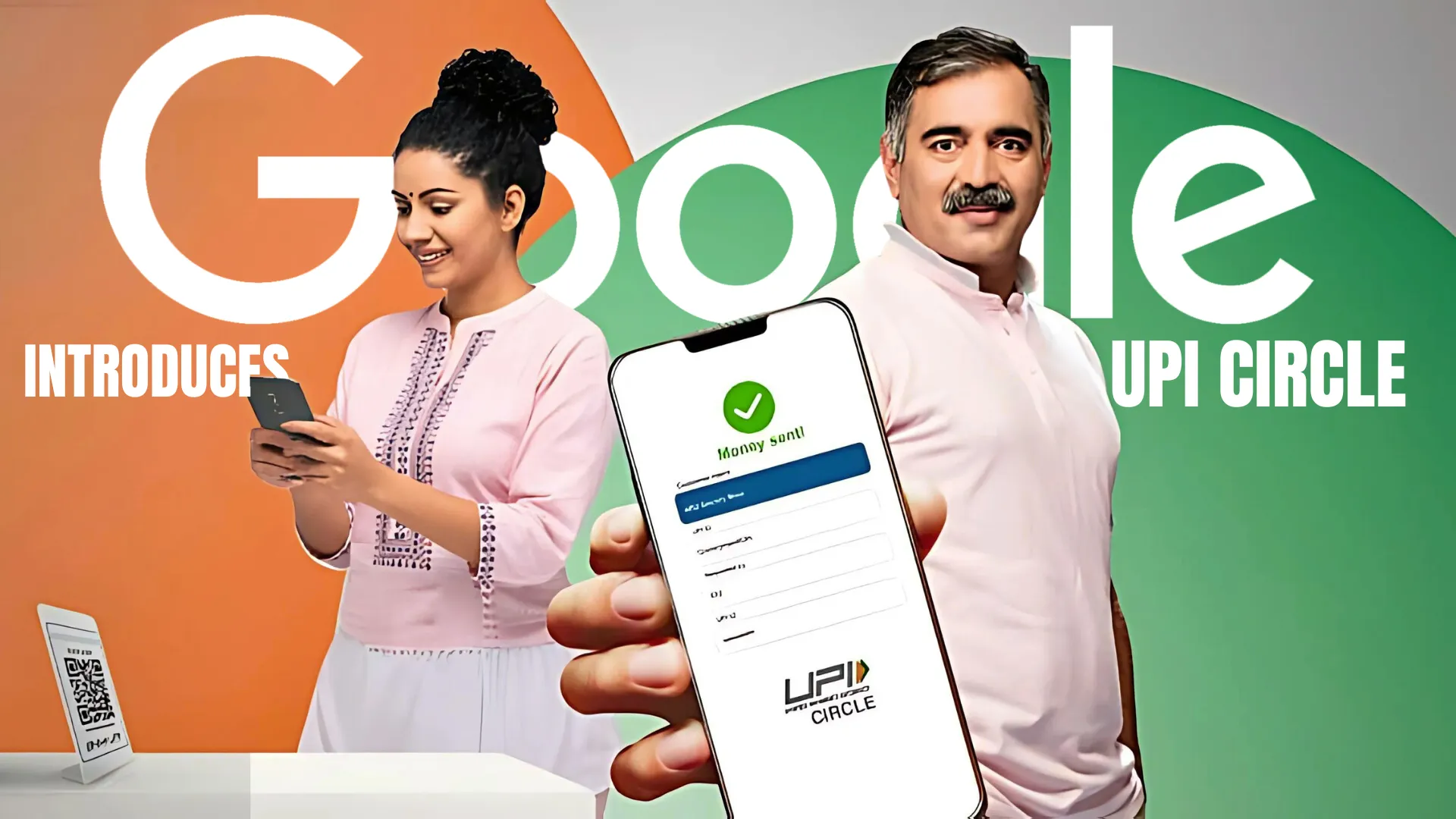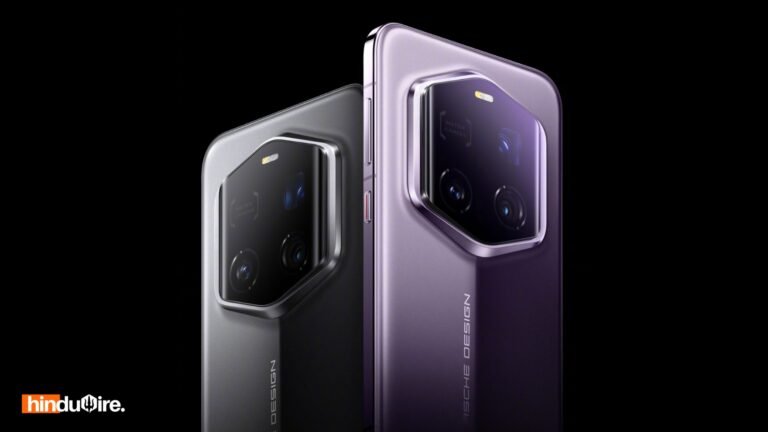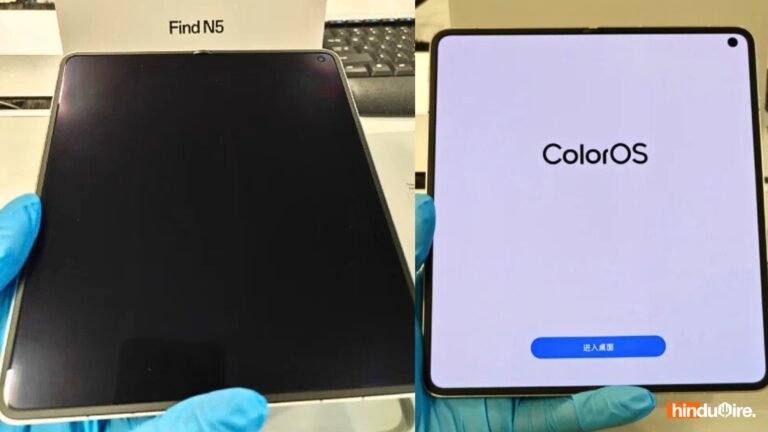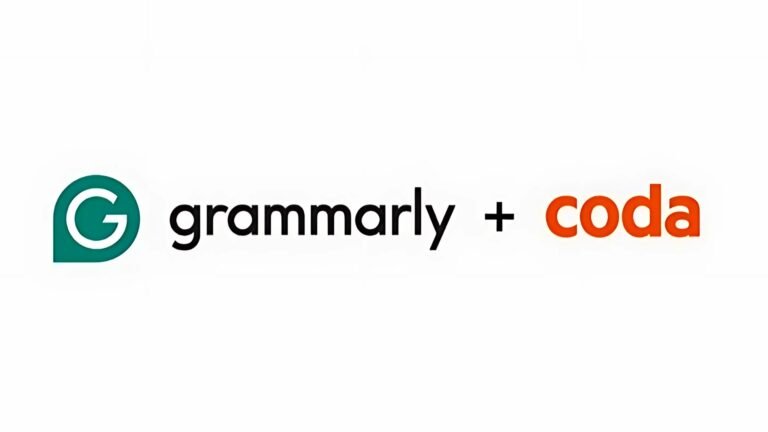Google Introduces UPI Circle: Know More About The NPCI Feature and How Does It Works

Google has launched in collaboration with the NPCI a new feature called UPI Circle, which is to ease out the complexity of payments for those users who may not be able to handle personal account management at the banking level. The feature lets the first user assign all important payment tasks to other users whom they trust. This is the novelty as it helps in making easy digital payments for people, integrating with Google Pay, and allowing a bank account holder to distribute payment responsibilities easily to those they trust.
What is UPI Circle?
UPI Circle UPI Circle allows primary users to share their accounts with secondary users, either it being family or friends. It is perfect for those who either don’t have a bank account or don’t understand the concept of digital payments. It will allow secondary users to make payments from the prime account without requiring their bank account to be linked.
How Does It Work?
Delegation under UPI Circle is classified into two types.
Full Delegation: The primary account owner sets the maximum amount that can be spent in a month. It can vary from ₹15,000 to ₹50,000. The other person can spend within that limit without further authorization.
Partial Delegation: For every transaction initiated by the other person, the primary account owner needs to authenticate it. It gives much more control over spending.
Once a secondary user is added to a UPI Circle, transactions made by the secondary user are locked for 30 minutes. It makes it safe and secure.
Setup UPI Circle

To enable the UPI Circle, an active account, which the original user has added to Google Pay, needs to be present in his bank, and the secondary user must have a UPI ID. Here’s how you can add a secondary user:
- The secondary user creates a QR code in their UPI app.
- The primary user scans the QR code from the UPI Circle section in Google Pay.
- The primary user selects the delegation type-full or partial-and the second user accepts the invitation.
Making Payments and Transaction Limits

Once they are added, secondary users can spend up to ₹5,000 per transaction in addition to a cap of ₹15,000 per month. In the partial delegation model, the primary user has to approve every transaction before it happens. Both users can also see the payment requests and transaction histories in near real-time through the app.
Key features
- In the UPI Circle model, a primary user can add up to five secondary users. This would mean that families or individuals with dependents could have a more centralized management system for their payments.
- The feature is designed to extend digital payments to a wider population, particularly those who are not comfortable with digital technologies .
This convenience and security-enhancing feature of digital payment provides more control and flexibility for users in the management of their financial responsibilities.









